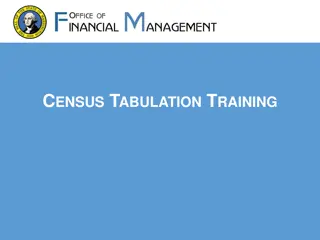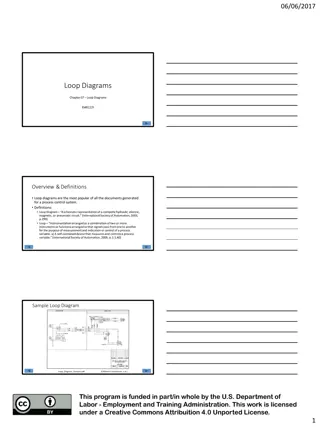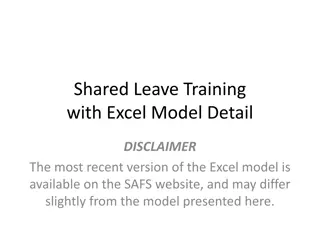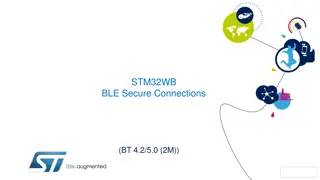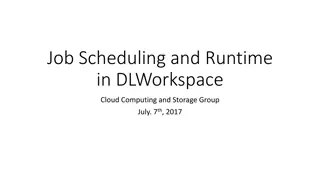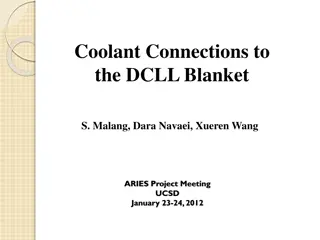
Understanding Kubernetes Architecture and Services
Explore the intricate details of Kubernetes architecture, including worker nodes, kubelet services, etcd, container runtimes, and more. Learn how components like Kube-scheduler, Kube-api-service, and Kube-proxy work together to manage workloads efficiently in a Kubernetes cluster.
Download Presentation

Please find below an Image/Link to download the presentation.
The content on the website is provided AS IS for your information and personal use only. It may not be sold, licensed, or shared on other websites without obtaining consent from the author. If you encounter any issues during the download, it is possible that the publisher has removed the file from their server.
You are allowed to download the files provided on this website for personal or commercial use, subject to the condition that they are used lawfully. All files are the property of their respective owners.
The content on the website is provided AS IS for your information and personal use only. It may not be sold, licensed, or shared on other websites without obtaining consent from the author.
E N D
Presentation Transcript
Kubernetes Connections Russ Herrell HPE 9/18/2020
Kubernetes Architecture and services Worker nodes Kubelet service Worker nodes Kubelet service Master Node K8s services Kubectl Kube-api-service Kube-scheduler Worker nodes Kubelet service etcd etcd Kube-controller-mgr Storage Container runtime (Docker, rkt, runc) Kube-proxy Load balancing Replication mgr 2
Kubernetes Architecture and services Worker nodes Kubelet service YAML conf files Worker nodes Kubelet service Master Node K8s services Kubectl etcd is a key-value store containing the globally available configuration information Cluster status kept here Kube-api-service Kube-scheduler Worker nodes Kubelet service etcd etcd Api service supplies kubectl to clients. Kube-controller-mgr Storage Container runtime (Docker, rkt, runc) Kube-proxy Load balancing Replication mgr Client submits YAML config files via kubectl Also converses with worker nodes 3
Kubernetes Architecture and services Worker nodes Kubelet service YAML conf files Worker nodes Kubelet service Master Node K8s services Scheduler assigns workloads, reads in the configuration files, binds container execution to appropriate worker nodes, updates the etcd config files Kubectl Kube-api-service Kube-scheduler Worker nodes Kubelet service etcd etcd Kube-controller-mgr Storage Container runtime (Docker, rkt, runc) Kube-proxy Operations manager that listens to api-service, monitors etcd data base and invokes appropriate actions Load balancing Replication mgr 4
Kubernetes Architecture and services Worker nodes Kubelet service YAML conf files Worker nodes Kubelet service Master Node K8s services All workers execute the Kubelet service to communicate with the Master Node Kubectl Kube-api-service Kube-scheduler Worker nodes All workers have a container execution environment Kubelet service etcd etcd Kube-controller-mgr Storage Container runtime (Docker, rkt, runc) Kube-proxy Kube-proxy: worker node subnet proxies each host node to other workers isolates subnet as a cluster of co-app servers Load balancing Replication mgr 5
Kubernetes Architecture and services YAML conf Files Metadata Deployment POD 1 Typical application is one or more micro-service, each of which is in its own container . Name Labels (to make connections with) Container image 1 Container image 2 Container image 3 TCP port connection info Replications 6 POD 2 Container image 4 Container image 5 Container image 6 TCP port connection info Replications: 2 Status <what actually is running> Many cloud native applications are clusters of identical micro-services, so a POD implements the number of instances Kubernetes controllers monitor the etcd data base and make adjustments to the running configs so that status matches the deployment description 6
Kubernetes Networking Basics A Pod is the smallest unit of work that can be deployed to a Kubernetes worker node A Pod may have one or more containers A Pod has a single IP address and network namespace Containers within a Pod have port numbers pre- assigned by the user in the YAML deployment file A worker node (a VM in this case) has its own Root Network Namespace and a logical (or physical Ethernet port) A worker node may execute one or more Pods 7
Kubernetes Networking Basics Standard Linux OS implement Virtual Ethernet Devices, or veth pairs that can straddle different network namespaces. Each Pod in a node is connected to the root namespace via a veth pair Each Pod can thus converse with the root network 8
Kubernetes Networking Basics Inside a node, the Pod s network namespaces are connected with virtual bridges. Pod 1 and Pod 2 have different IP addresses Pod 1 and Pod 2 are connected to the root namespace by respective veth pairs Traffic between the two pods is bridged in the host name space by a virtual bridge Pod 1 and Pod 2 communicate with each other without going through a physical fabric Pod 1: IP 1 Pod 2: IP 2 The virtual bridge is a feature of the standard Linux networking services The IP address for a Pod is translated to a MAC address The MAC address determines that the packet does not leave the node 9
Kubernetes Networking Basics Pod 1: IP 1 Pod 2: IP 2 Packets between Pods on different nodes are sent across a logical or virtual fabric external to the nodes Kubernetes expects Pods are able to communicate with each other on different worker nodes. Essentially, the Master Node for the cluster assumes all its worker nodes can communicate This external fabric must enable a route between the IP addresses of the two Pods (and the two nodes) Pod 3: IP 3 Pod 4: IP 4 10
Kubernetes Networking Management Two Issues (so far): IP 1 IP 2 IP 3 IP 4 How does Kubernetes create clusters of worker and master nodes that have the correct connectivity? How do Kubernetes Pods get assigned appropriate IP addresses on this cluster network? 11
Kubernetes Networking Management Pod 2: IP 2 Pod 1: IP 1 CIDR1 IP 1 IP 2 Issue: how to assign the actual IP addresses to each Pod? Fabric Manager IP 1 & IP 2 come from CIDR block (subnet) assigned to VM 1. IP 3 & IP 4 come from CIDR block (subnet) assigned to VM 2. CNI CIDR2 IP 3 IP 4 Solution: The Container Networking Interface (CNI) provides a common API for connecting containers to the outside network. Each fabric environment supplies a CNI Plugin which handles the fabric specific details of choosing the IP addresses from the CIDR blocks and communicating them to the calling client. Pod 4: IP 4 Pod 3: IP 3 12
AWS CNI Example Pod 2: IP 2 Pod 1: IP 1 When Kubernetes creates a cluster, it needs to create a corresponding VPC. Not part of the CNI plugin (other issue) Each VPC has many Elastic Network Interfaces (ENI) associated with it, all of which may communicate with each other (subnet) AWS CNI plugin launched when node placed in K8s cluster Amazon Virtual Private Cloud (VPC) When the AWS CNI plugin is deployed to the cluster, each node creates multiple ENI with associated IP addresses Creates the CIDR block for the node AWS CNI plugin calls FM daemon when Pod is created to obtain an IP address The AWS CNI plugin (via DaemonSet) creates a new ENI for each Pod deployed to a node Effectively assigns the new Pod an IP Pod 3: IP 3 Pod 4: IP 4 13








